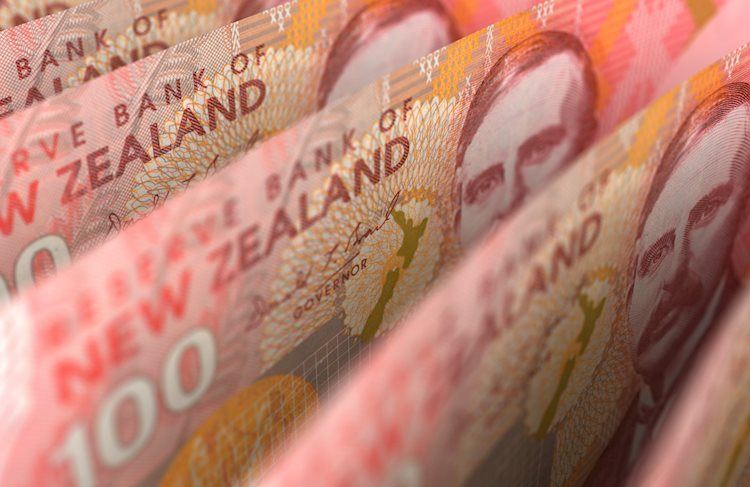Share:
EUR/USD slipped 0.2% on Tuesday as investors bid the USD.
Markets shrugged off a slight decline in euro area unemployment.
The rest of the week is data-light on the EUR side as investors await US CPI inflation.
The EUR/USD settled lower on Tuesday, slipping back into familiar near-term lows as broader markets step back from the Euro (EUR) and bidding the US Dollar (USD) up 0.2%.
The Eurozone Unemployment Rate ticked down slightly on Tuesday, declining from 6.5% to 6.4% in November. With the European economy grappling with productivity difficulties, a slight decline in the headline unemployment rate did little to galvanize Euro bulls, and the EUR/USD spent most of Tuesday backsliding in one-sided movement.
With the midweek looking notably thin on the economic calendar, investors will be keeping an eye out for Thursday’s US Consumer Price Index (CPI) inflation print, where market forecasts are expecting a slight uptick in headline annualized CPI inflation for December from 3.1% to 3.2%. MoM CPI is also expected to tick upwards from 0.1% to 0.2%.
Investors are looking for signs that the Federal Reserve (Fed) will get pushed into the next rate cut cycle sooner rather than later. Last Friday’s Nonfarm Payrolls (NFP) forecast beat pushed out market bets of a Fed rate cut as soon as March, and market risk sentiment will be hoping for a miss in US inflation prints on Thursday.
The EUR/USD remains trapped in a near-term congestion pattern for early 2024 intraday trading, stuck below a 200-hour Simple Moving Average (SMA) turning bearish just below the 1.1000 handle. The pair has been trapped within a rough range between 1.0980 and 1.0900, and near-term pressures are leaning towards the downside.
Daily candlesticks have the EUR/USD stuck in a rut just north of a bullish cross of the 50-day and 200-day SMAs near 1.0850. The pair is down nearly 2% from December’s peak at 1.1140, but is still up over 4.5% from last October’s early bottom near 1.04485.
Share:
Feed news





